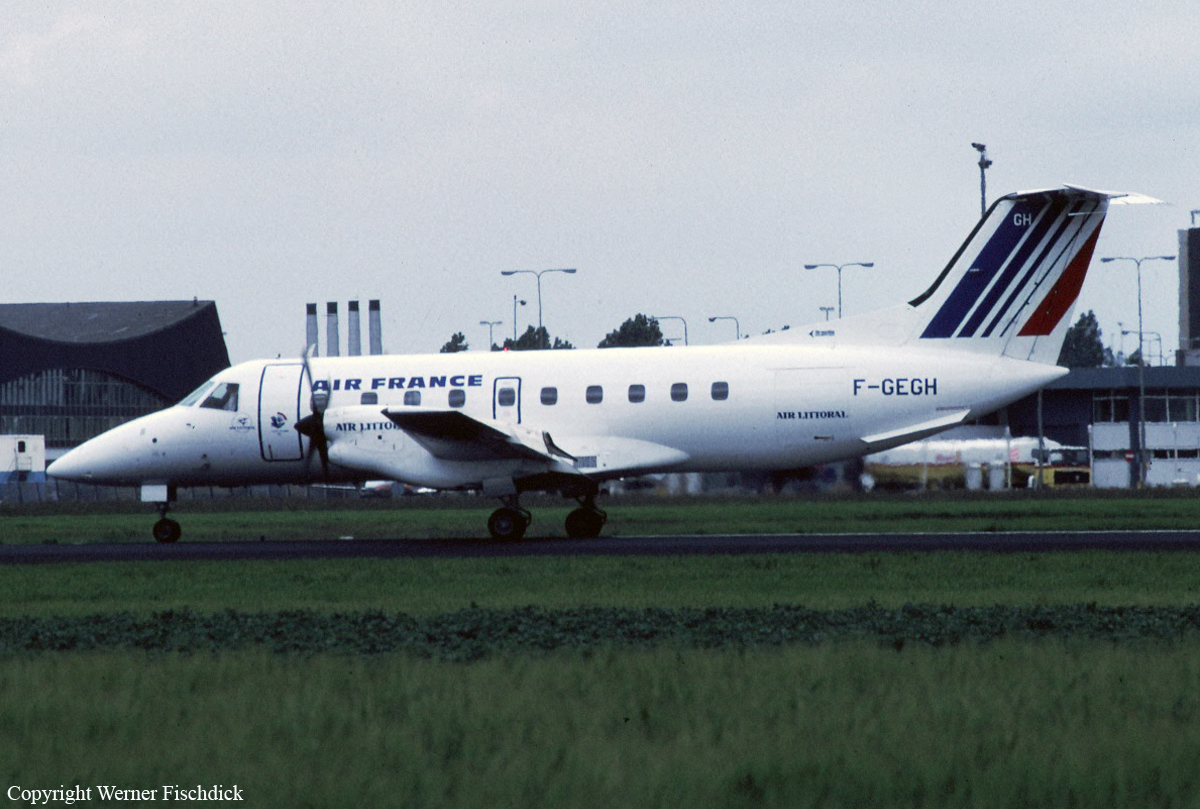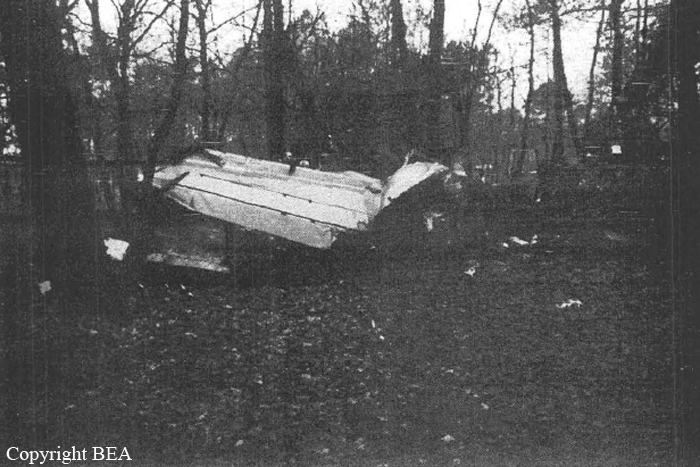Country
Operator Image

Crash of an ATR42-512 in Florence: 1 killed
Date & Time:
Jul 30, 1997 at 1110 LT
Registration:
F-GPYE
Survivors:
Yes
Schedule:
Nice - Florence
MSN:
492
YOM:
1996
Flight number:
FU701
Crew on board:
3
Crew fatalities:
Pax on board:
14
Pax fatalities:
Other fatalities:
Total fatalities:
1
Circumstances:
The twin engine aircraft departed Nice-Côte d'Azur Airport on a regular schedule service to Florence, carrying 14 passengers and three crew members. On approach to Florence-Peretola Airport runway 23, the aircraft' speed was too high and after touchdown, it bounced several times and landed firmly 350 metres from the runway end. Unable to stop within the remaining distance, it overran, went through fences and eventually collided with an embankment and came to rest on the emergency lane of the motorway Florence - Pisa. The aircraft broke in two and the cockpit was destroyed on impact. All 15 people seating in the main cabin (14 passengers and the stewardess) were evacuated with minor injuries while both pilots were seriously injured. Two days later, one of them died from his injuries.
Probable cause:
The following findings were identified:
- Weather conditions were considered as good with light wind,
- The pilot acting as captain was flying on this route for the first time and this was also his first landing at Peretola Airport,
- Florence-Peretola Airport runway 23 is 1,650 metres long but has a displaced threshold, so the landing distance available is 1,030 metres only,
- The copilot was the pilot-in-command at the time of the accident. He was also a captain and could operate as an instructor,
- The approach configuration was incorrect since the aircraft's touchdown speed was 30 knots above the speed prescribed in the flight manuals,
- Failure of the crew to initiate a go-around procedure while the landing manoeuvre was obviously missed.
- Weather conditions were considered as good with light wind,
- The pilot acting as captain was flying on this route for the first time and this was also his first landing at Peretola Airport,
- Florence-Peretola Airport runway 23 is 1,650 metres long but has a displaced threshold, so the landing distance available is 1,030 metres only,
- The copilot was the pilot-in-command at the time of the accident. He was also a captain and could operate as an instructor,
- The approach configuration was incorrect since the aircraft's touchdown speed was 30 knots above the speed prescribed in the flight manuals,
- Failure of the crew to initiate a go-around procedure while the landing manoeuvre was obviously missed.
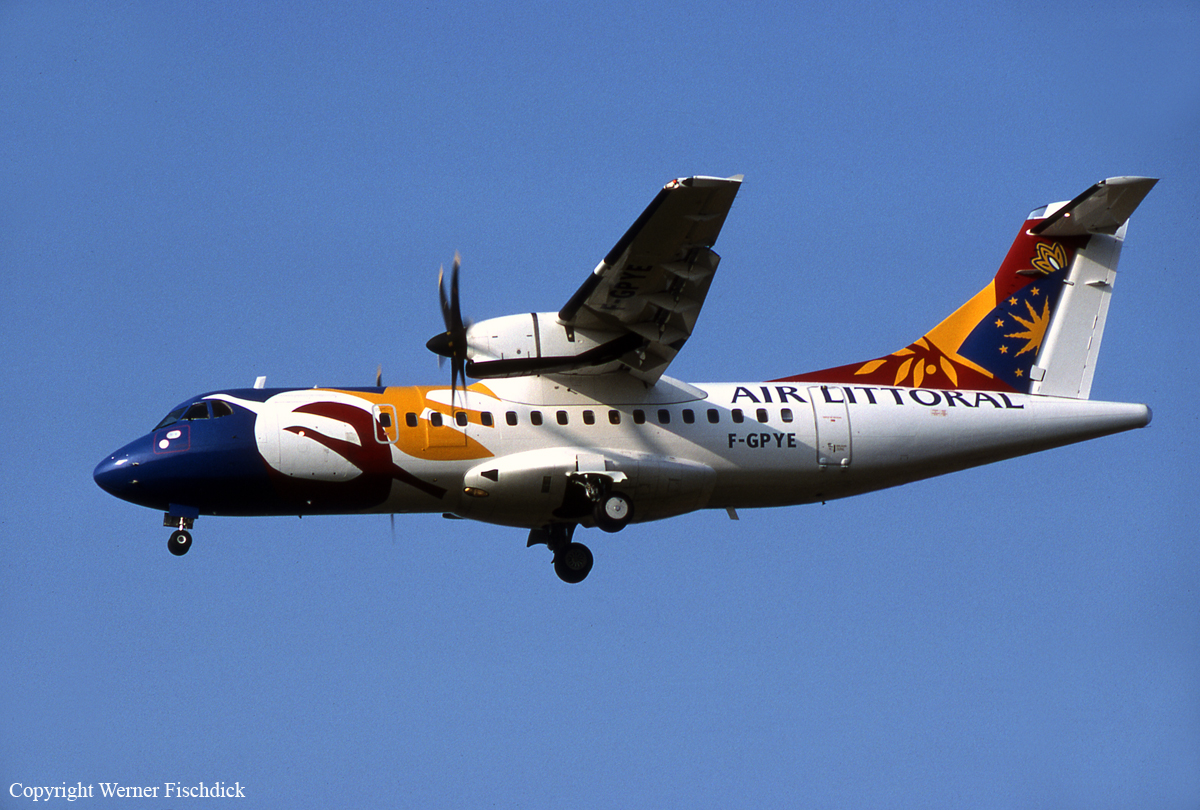
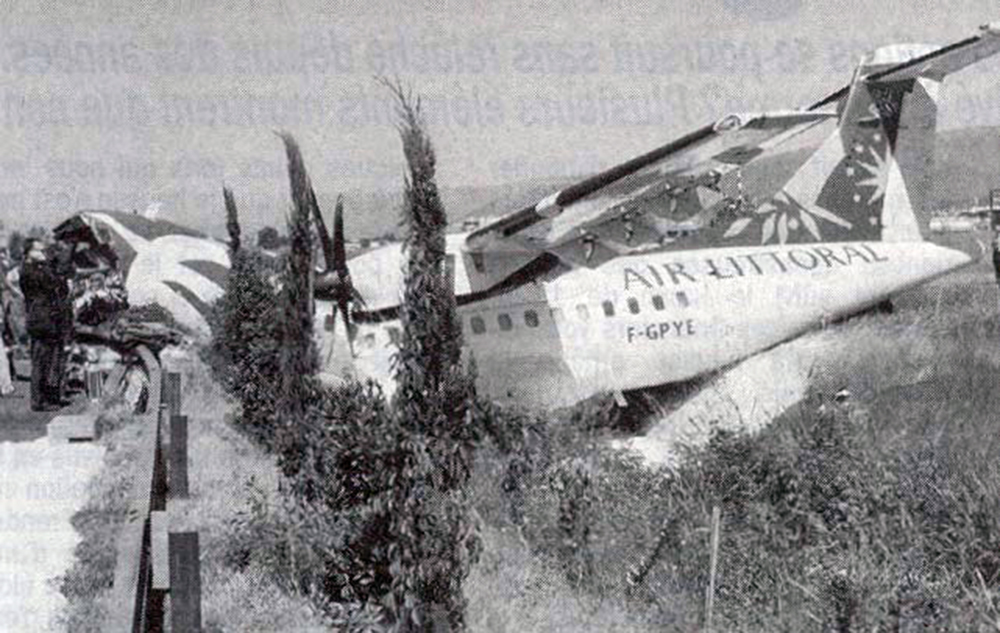
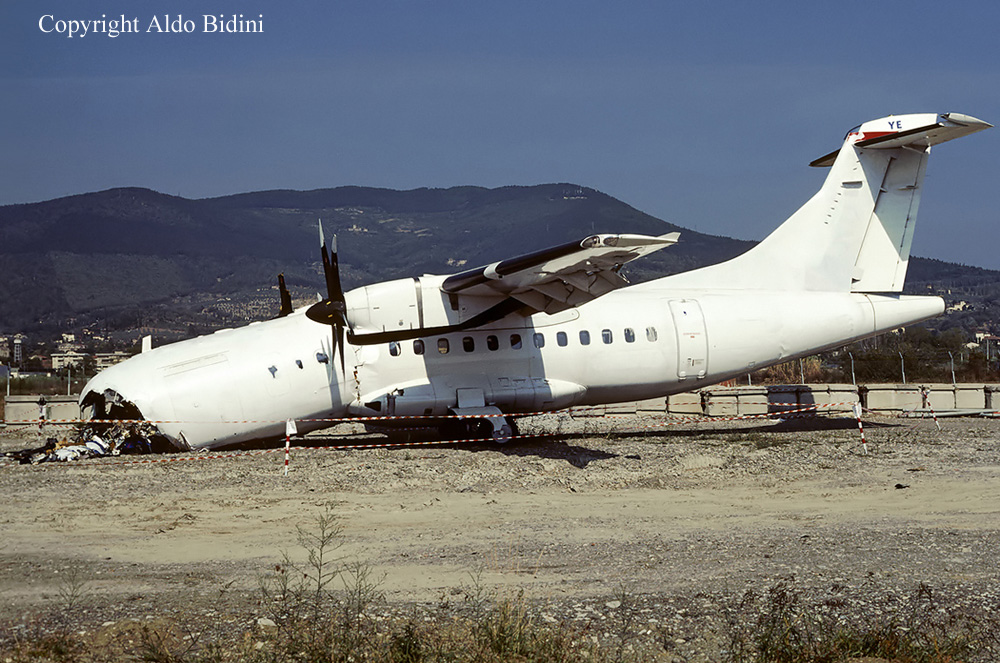
Crash of a Swearingen SA226TC Metro II in Montluçon: 4 killed
Date & Time:
Nov 18, 1988 at 0631 LT
Registration:
F-GCPG
Survivors:
No
Schedule:
Montluçon - Paris
MSN:
TC-334E
YOM:
1980
Flight number:
FU440
Crew on board:
2
Crew fatalities:
Pax on board:
2
Pax fatalities:
Other fatalities:
Total fatalities:
4
Aircraft flight hours:
10346
Circumstances:
Following a night takeoff at Montluçon-Guéret Airport, while in initial climb, the aircraft nosed down and struck the ground 600 meters past the runway end. It slid for few dozen meters, collided with bushes and eventually came to rest, bursting into flames. All four occupants were killed. It appears that the Stall Avoidance System (SAS) had activated, resulting in the stick pusher activation at a critical altitude. The Metro's SAS system, as well as the SAS system on this particular aircraft, had a history of problems. These problems resulted in several NTSB Safety Recommendations (A-84-66, A-88-154). The copilot was at controls at the time of the accident.
Crew:
Gérard Van Der Veecken, pilot,
Christian Rémondon, copilot.
Passengers:
Robert Aupetit,
Patrick Desdoit.
Crew:
Gérard Van Der Veecken, pilot,
Christian Rémondon, copilot.
Passengers:
Robert Aupetit,
Patrick Desdoit.
Probable cause:
The accident resulted from a reduction in the attitude of the airplane causing a downward trajectory in the moments that followed the takeoff. It is likely that this decrease in attitude is due to an untimely triggering of the stick pusher. The absence of a recorder and the complete destruction of the SAS (apart from angle of attack vane and its transmitter) did not prove this hypothesis. With or without inadvertent triggering of the stick pusher, the imprecision of the right horizon and the absence of external visual references played an important role in this accident.
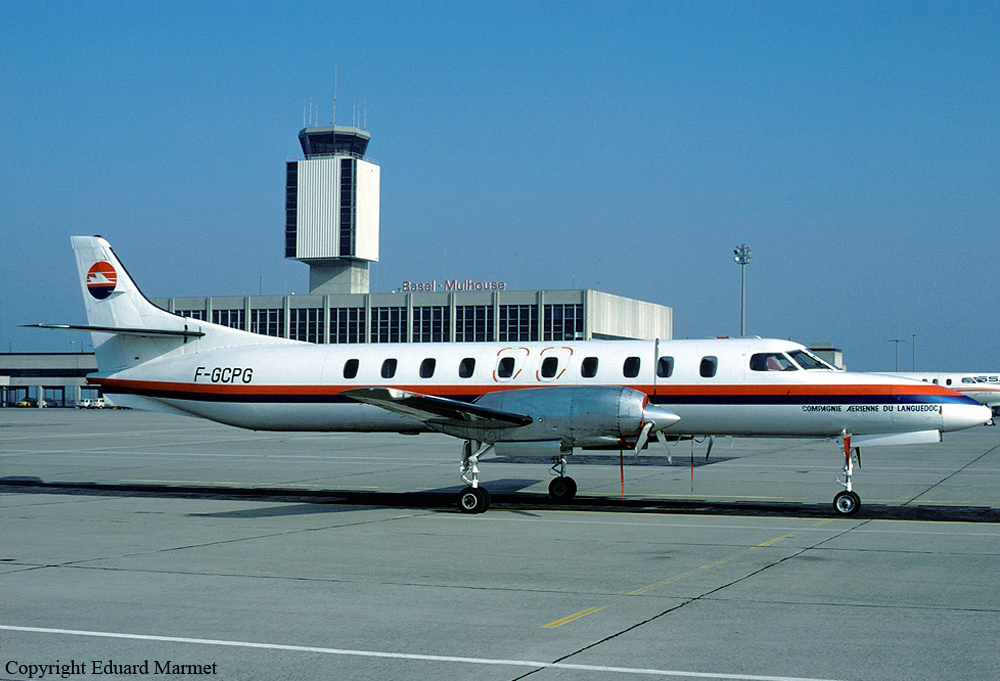
Crash of an Embraer EMB-120RT Brasília in Bordeaux: 16 killed
Date & Time:
Dec 21, 1987 at 1510 LT
Registration:
F-GEGH
Survivors:
No
Schedule:
Brussels - Bordeaux
MSN:
120-033
YOM:
1986
Flight number:
AF1919
Crew on board:
3
Crew fatalities:
Pax on board:
13
Pax fatalities:
Other fatalities:
Total fatalities:
16
Captain / Total hours on type:
101.00
Copilot / Total hours on type:
215
Aircraft flight hours:
2505
Circumstances:
Following an uneventful flight from Brussels, the crew contacted Bordeaux Approach at 15:01 and was vectored for an ILS approach to runway 23. Visibility was poor with low clouds at 100 feet and a runway visual range (RVR) of between 650 and 350 metres. Flight 1919 crossed the KERAG beacon, the initial approach fix (IAF) at an altitude of FL144, at 15:04:40. Cloud base was still around 100 feet so the crew requested to enter a holding pattern to the south of the airport. The weather conditions slightly improved during the next few minutes and Bordeaux Approach reported a cloud base at 160 feet. Flight 1919 had not reached the holding pattern yet and the pilot decided to attempt to rejoin the ILS. At 15:06:38 the flight was cleared direct to the BD beacon and to descend down to 2000 feet. At the BD beacon, the flight was cleared for final approach and instructed to contact Bordeaux Tower. The airplane had overshot the centreline and was slightly right on the glidepath. Bordeaux Tower then instructed the flight to report over the Outer Marker, which was acknowledged by the captain. After crossing the Outer Marker, the airplane was still not properly established on the ILS. The airplane descended below the glideslope with the crew hurriedly deploying flaps and landing gear. The captain did not contact Bordeaux Tower as requested. Instead he took over control of the airplane, attempting to continue the approach. Both crew members had very little time to adapt to their new roles as the airplane was descending below the glide slope. The descent continued until the aircraft struck tree tops and crashed in the Eysines forrest, about 5 km short of runway. The aircraft was totally destroyed and all 16 occupants were killed.
Probable cause:
The accident was the direct result of poorly managed aircraft trajectory.
- The lack of vigilance with respect to altitude, by one pilot and then the other, when they were in a pilot-flying situation (PF, according to the Air Littoral Operations Manual) both when the aircraft descended out of the ILS beam through 2000 feet altitude and when it descended below 220 feet, the decision height.
- Inadequate coordination of tasks between the two pilots who formed the flight crew, neither of which had performed important tasks related to this function, such as monitoring and reporting ILS or altitude deviations, while in a nonpilot-flying situation (PNF, according to the same manual).
- The lack of vigilance with respect to altitude, by one pilot and then the other, when they were in a pilot-flying situation (PF, according to the Air Littoral Operations Manual) both when the aircraft descended out of the ILS beam through 2000 feet altitude and when it descended below 220 feet, the decision height.
- Inadequate coordination of tasks between the two pilots who formed the flight crew, neither of which had performed important tasks related to this function, such as monitoring and reporting ILS or altitude deviations, while in a nonpilot-flying situation (PNF, according to the same manual).
Final Report:
